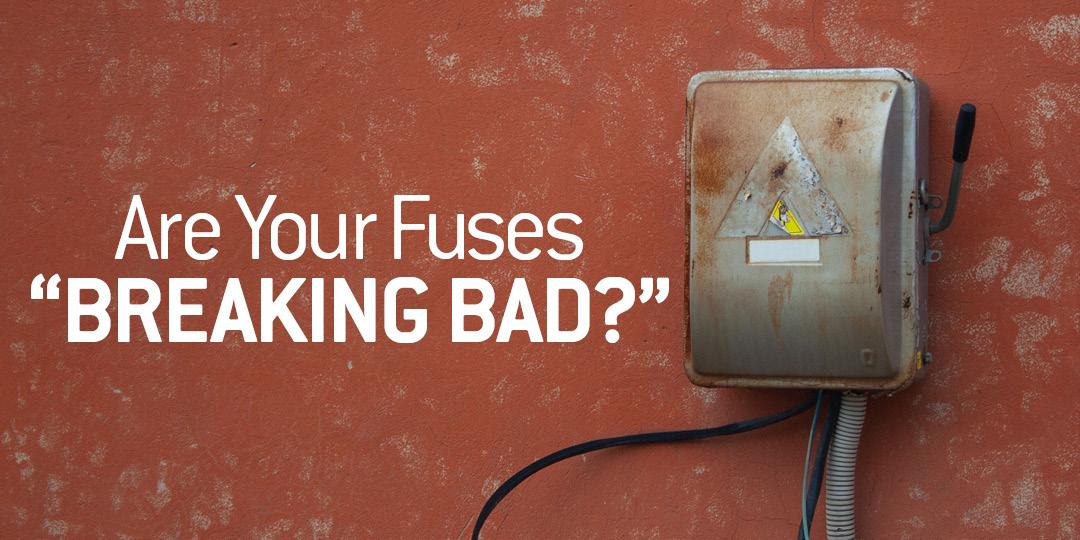Do you know where your breaker is? Many of us don’t even think about it unless we’re fumbling around trying to find it when the lights go out. Breakers, or electrical panels, are the main distribution points for electrical circuits in the home. They serve as the connection between the external wires coming from the outside to the internal wires of your home’s electrical system. A breaker or fuse is intended to “trip” before the circuit wires can heat up to a dangerous degree. This often means the appliances or powered sources you are using will turn off.
Let’s say you try to use the toaster and the microwave at the same time – and the power goes off – this means the tripped circuit is doing what it’s supposed to, which is to protect the electrical wiring in your house and keep you safe.
It’s not the number of appliances that cause the power to go out; it’s the size of the wires in your walls and the electrical load you send through those wires. If your circuit breaker trips or keeps tripping, there may be something wrong with your home’s wiring.
That’s why it’s important to make sure your system is up-to-date and safe or if it needs an upgrade. Here’s a look at the most common circuit breakers:
Standard Circuit Breakers. Monitors the flow of electricity as it enters the home and works its way through the wiring system to outlets and appliances.
GFCI Circuit Breakers. GFCI (Ground Fault Circuit Interrupter) breakers cut the power to the circuit when they are tripped by an overload.
AFCI Circuit Breakers. AFCI (Arc Fault Circuit Interrupter) breakers protect against electrical discharge in cords or wiring that can result in fire. These breakers immediately disconnect the damaged circuit before the arc builds up enough heat to catch fire.
Find out if your breakers need special care – contact Mister Sparky today for a consultation!
















